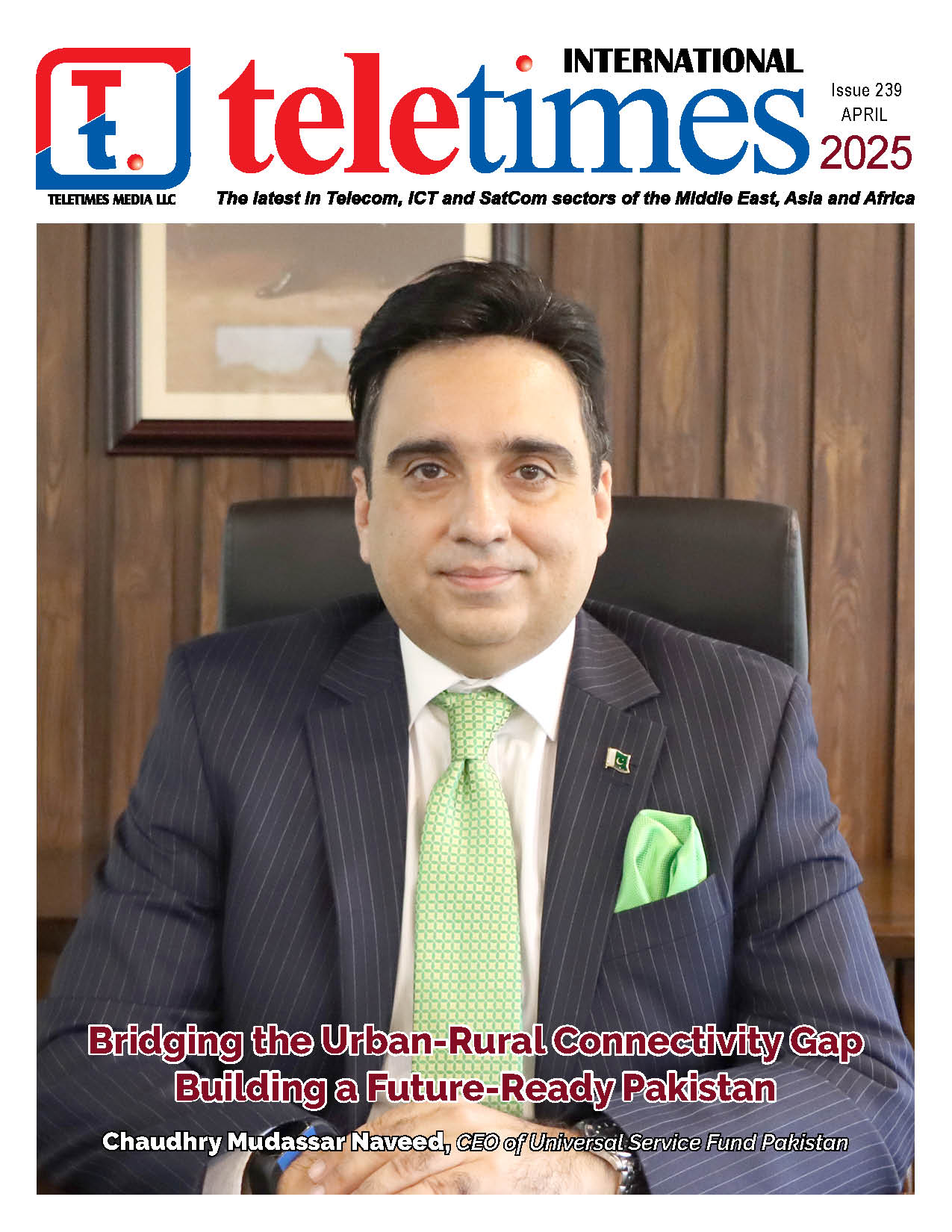Muhammad Amir Malik
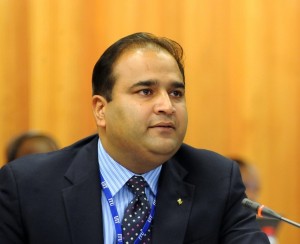 The world of telecommunications has changed rapidly over the last decade as we have entered the era of convergence between mobile networks, broadband communication, and the content sector. Consumers are demanding for advanced services such as mobile TV, mobile broadband Internet and other value added applications; the demand has increased tremendously in recent years and is considered as a key driver for further growth of ICT industry. Speed and bandwidth are two main support factors to supply the required wish list of mobile subscriber’s for attaining maximum value from mobile handset way beyond a simple voice call. In the growing scenario, where mobile voice services become uniform with increasing price competition, innovative data services made possible by the 3rd Generation (3G) networks are important for generating profit and growth.
The world of telecommunications has changed rapidly over the last decade as we have entered the era of convergence between mobile networks, broadband communication, and the content sector. Consumers are demanding for advanced services such as mobile TV, mobile broadband Internet and other value added applications; the demand has increased tremendously in recent years and is considered as a key driver for further growth of ICT industry. Speed and bandwidth are two main support factors to supply the required wish list of mobile subscriber’s for attaining maximum value from mobile handset way beyond a simple voice call. In the growing scenario, where mobile voice services become uniform with increasing price competition, innovative data services made possible by the 3rd Generation (3G) networks are important for generating profit and growth.
According to International Telecommunication Union (ITU) mobile network or service based on the International Mobile Telecommunication-2000 (IMT-2000) family of global standards is commonly referred to as “3G mobile”. These mobile systems provide higher transmission rates than possible in second generation (2G) wireless technologies, enabling many advanced applications such as mobile videoconferencing, video phone/mail, mobile TV/Video player, and digital audio/video delivery. Thus, the true provision of communication, information, and entertainment via the mobile platform will be impossible without the successful dissemination of 3G services. The unprecedented necessity of deploying 3G mobile services has escorted operators globally; 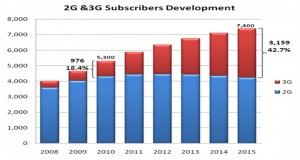 today there are approximately 1 billion 3G subscribers in over 150 economies. The following graph shows the growth of mobile subscribers over last three years and future growth trends by 2015.
today there are approximately 1 billion 3G subscribers in over 150 economies. The following graph shows the growth of mobile subscribers over last three years and future growth trends by 2015.
We can clearly observe that the present global market share of 3G subscribers is 18.4 {e1f18614b95d3cd6e4b3128e1cd15d99b042a60a5a19c19b7a8e07e7495efa10} which is predicted to reach 42.7{e1f18614b95d3cd6e4b3128e1cd15d99b042a60a5a19c19b7a8e07e7495efa10} by 2015, whereas the 2G mobile subscribers show no further growth trends. 3G mobile services are bringing a swift change in mobile broadband adoption, increase in data revenues for mobile operators with steady ARPUs. The following graph underlines how 3G will drive mobile broadband connections into the next decade, enabling 85{e1f18614b95d3cd6e4b3128e1cd15d99b042a60a5a19c19b7a8e07e7495efa10} of mobile broadband subscriptions in 2013 via HSPA platform.
In 2008, total global mobile service revenues were anticipated at $854B where, voice service revenue contributed roughly 78 percent. As forecasted by QualComm, voice service revenue for mobile services is predicted to decline to 66 percent of total global mobile service revenue ($1,030B USD) by 2013. In comparison, global mobile data service revenue in 2008 generated a revenue market share of over 21 percent with an expected increase of over 33 percent by 2013.
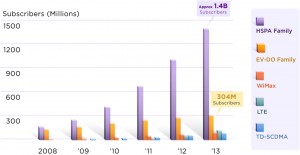 From a global perspective, the deployment of 3G mobile services is significantly more advanced in some countries than others. It would be important to explore the factors that contribute to deployment rates of 3G mobile services among countries. As important as these factors are in upsetting the next phase of mobile technology development, consumer access to advanced mobile broadband and eventual convergence.
From a global perspective, the deployment of 3G mobile services is significantly more advanced in some countries than others. It would be important to explore the factors that contribute to deployment rates of 3G mobile services among countries. As important as these factors are in upsetting the next phase of mobile technology development, consumer access to advanced mobile broadband and eventual convergence.
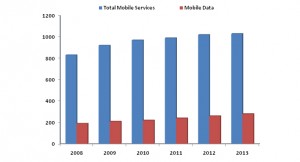 Many stakeholders in the mobile industry such as policymakers, mobile service operators, content providers, and end-users play an influential role in shaping 3G deployments at different phases. Regulation, policy framework and market competition are important factors affecting the deployment of the new 3G technology. Institutional environment such as political stage also influence the 3G deployment. Economical and social issues like buying power, education level and existing information and communication technology (ICT) infrastructure in a country are also a potential factor that might affect the adoption of 3G mobile services. Some countries might be more prepared than others to adopt new communications technology because of their existing ICT development and consumers’ experience with relevant services.
Many stakeholders in the mobile industry such as policymakers, mobile service operators, content providers, and end-users play an influential role in shaping 3G deployments at different phases. Regulation, policy framework and market competition are important factors affecting the deployment of the new 3G technology. Institutional environment such as political stage also influence the 3G deployment. Economical and social issues like buying power, education level and existing information and communication technology (ICT) infrastructure in a country are also a potential factor that might affect the adoption of 3G mobile services. Some countries might be more prepared than others to adopt new communications technology because of their existing ICT development and consumers’ experience with relevant services.
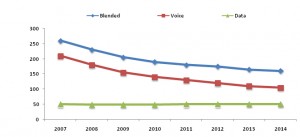 Business and personal lifestyles are changing and evolving ever faster. As 3G approaches in a society, the mobile phone becomes a life management tool for business, work and leisure. Consumer behavior is driving the development of applications and services. The key to commercial success of 3G technologies lies in understanding consumers, their lifestyles and attitudes and delivering the winning applications. It is said that the transition of the mobile industry from second to third generation is not just a simple technology improvement but a major economic transformation of
Business and personal lifestyles are changing and evolving ever faster. As 3G approaches in a society, the mobile phone becomes a life management tool for business, work and leisure. Consumer behavior is driving the development of applications and services. The key to commercial success of 3G technologies lies in understanding consumers, their lifestyles and attitudes and delivering the winning applications. It is said that the transition of the mobile industry from second to third generation is not just a simple technology improvement but a major economic transformation of  the mobile sector as the industry moves from the provision of gradually commoditized voice services to a new array of communication, information, entertainment and enhanced data services. While the mobile industry is reconfiguring itself to enter next stage of development, a better understanding of the ways along with associated factors to foster 3G diffusion is fundamental to the continuous growth of this market.
the mobile sector as the industry moves from the provision of gradually commoditized voice services to a new array of communication, information, entertainment and enhanced data services. While the mobile industry is reconfiguring itself to enter next stage of development, a better understanding of the ways along with associated factors to foster 3G diffusion is fundamental to the continuous growth of this market.
April 29, 2025






